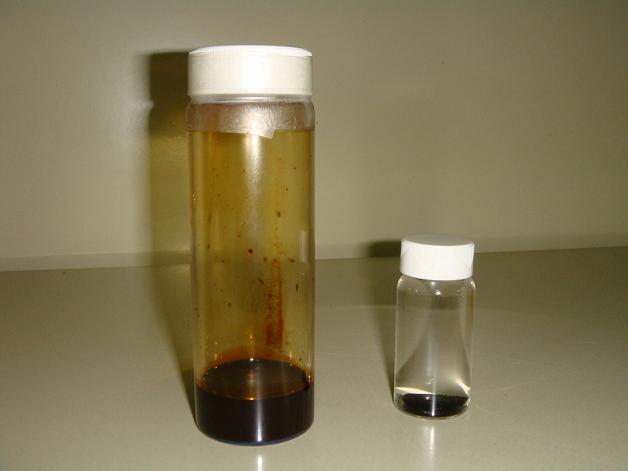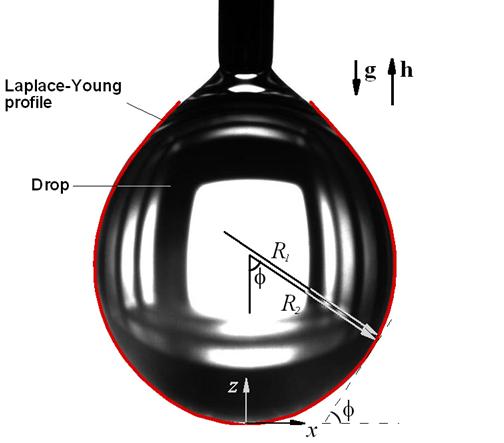|
- |
Research Achievements: Nanotechnology is the science and technology of things with at least one characteristic dimension at the nanoscale – in particular things that are less than 100 nm in size. Material and systematic structures assembled from atoms or molecules with a size in the range of 1 to 100 nanometers are called nanostructures. Typical nanostructures include nanoparticles, nanopores, nanofilaments, nanowires, nanorods, nanotubes, nanofilms, nanolayers, etc., which can be designed to exhibit novel and significantly improved mechanical, thermal, chemical, magnetic, optical, electronic, and biological properties as a result of the limited size of their constituent particles or molecules. The fluids with nanoparticles suspended in them are called nanofluids. If the nanoparticles in the fluid are magnetic, such fluids are called magnetic nanofluids, or simply magnetic fluids (also known as ferrofluids). For the problem of ferrohydrodynamics, we have previously completed the effect of external magnetic field gradient on the pendant droplet profile of magnetic nanofluids and proposed another magnetization field equation (magnetization equation)- WCC mode. Compared with the Sh72, Feld, Sh01, ML, and WC modes mentioned in the previous literature, the WCC mode can explain the experimental results of the magnetization and the magnetoviscosity more reasonably. In addition, we initiated the study of the influence of the spin of magnetic moments within particles on the non-Newtonian flow and reviewed the arguments for different field equations in hydrodynamics of fluids with micro/nanostructure and stated the deterministic nature. Recently, we explored the problem of convective heat transfer of magnetic nanofluids in microtubes in 2015, and experimentally discussed the collision and friction effects between particles and particles in the microtubes and between the particles and the wall surface of the microtubes. In 2016, we designed a hydrostatic bearing test system to test magnetic nanofluid lubricants. In 2017, we explored the effect of external magnetic field gradient on the magnetic nanofluid sessile droplet profile. In 2018, we further discussed the static and dynamic wettability of magnetic nanofluids subjected to magnetic fields on the surface of different AAO nanopores. In 2020, we synthesized Co2+-doped BiOBrxCl1-x hierarchical nanostructured microspheres, displaying excellent photocatalytic performance. |
![]() Micro/Nanoscale Thermal-Fluid Science
Micro/Nanoscale Thermal-Fluid Science
| Illustration |
|
˙Micro/Nanofluid
Mechanics |
 |
|
˙Micro/Nanofluid
Mechanics To investigate the influence of magnetic forces on magnetic fluid pendant drop profile, a magnetic fluid pendant drop in an applied magnetic field is considered first. Then, according to the normal stress balance principle, the Young-Laplace equation is revised, and the revised nonlinear differential equation is further solved. Finally, the drop profile data of magnetic fluids are determined, so as to investigate the magnetic force effect on liquid drop behavior. |
 |
|
˙Micro/Nanofluid
Mechanics |
 |